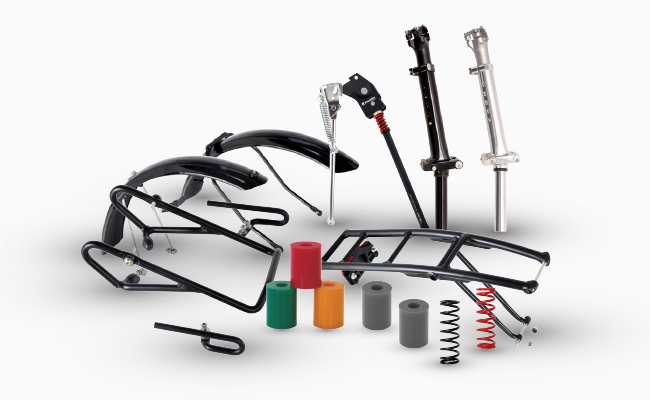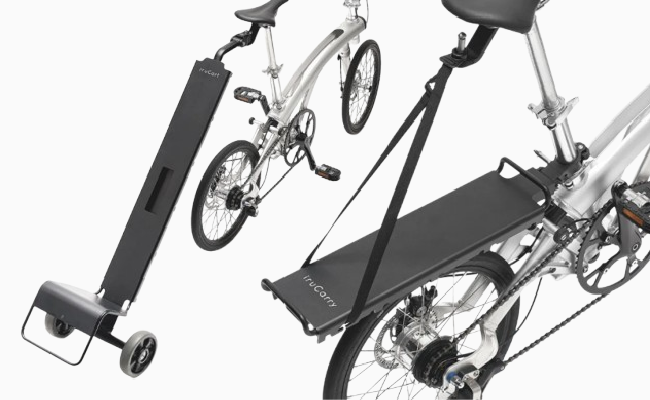
Why are the laws so strict on PMD batteries?
Most Personal Mobility Device (PMD) users are aware of the laws and regulations set in place by the Land Transport Authority (LTA) recently, but how many truly understand the reasons why LTA is being so stringent? There has also been confusion as to whether e-bicycles need to adhere to the same standard as e-scooters.

Firstly, e-bikes do not need to follow the same UL2272 safety standard that e-scooters are required to. Instead, e-bikes follow the EN15194 standard. This is because the differences in design. Since an e-bike is likely to be larger, why are the laws and regulations on e-scooters so much more stringent?
Small & compact, but also riskier

The e-scooter is designed to be smaller, with most, if not all, of its electrical components in one small space within the deck. Given the work it does, the parts heat up fast. With no ventilation space, the components just add heat to other parts, increasing the overall temperature quickly.
The lack of ventilation is further exacerbated by the waterproof sealing; it prevents water from entering, but it also prevents heat from escaping.
The deck becomes an overheated, cramped space, with each component heating up with no chance of cooling down. The heat as well as the eventual wear will start to break down the waterproof seals, creating gaps that allow water to enter.
However, due to the horizontal design of an e-scooter, there is little to no water drainage. Whatever water splashes into the deck ends up pooling inside. The water trapped inside might then cause short circuits, and possibly a fire.
This is why the UL2272 certification is so important. During the evaluation, the e-scooters are put through both common and extreme conditions to ensure that they are able to handle all situations. This includes the IPX4 water test, which wets the e-scooter from all directions, then leaves it to check for any circuit issues, leakages, or water pooling.
Large, separated components cool faster
With an e-bike, while it tends to be larger, the parts are all kept separate from each other. That allows the electrical components, especially the battery, to ventilate and cool down quickly. The risk of overheating is therefore greatly reduced.
With less heat damage to the parts, the waterproof seal is likely to last longer, preventing water from entering for a longer time. However, when it wears out eventually, water might still enter. This is when the vertical design of the e-bike battery comes in. It allows water to drain out easily, preventing water damage to the electrical components.
Less water damage and less overheating would maintain the waterproofing, which in turn protects the electrical components and allows it to last longer. The design of an e-bike is simply poses less risk as compared to an e-scooter. This is why, while e-bikes still have to follow the EN15194 safety standard, it is not as stringent compared to e-scooters.
Not all hope is lost!
While it may seem like a lot to take in, it’s really quite straightforward: e-scooters overheat faster, pose a higher risk, and therefore require stricter regulations. It may be frustrating as well. You want a safe, convenient ride, but don’t have the space or energy to lug around a big e-bike.

Save yourself the hassle with Segway-Ninebot’s long-distance MAX, or the smaller, daintier ES2, both of which are UL2272-certified, as well as LTA-compliant. The Segway-Ninebot MAX has triple the mileage of the ES2, offering a 65km maximum range on a single battery charge. Shop from us if you’re looking for an electric scooter that can be used beyond July 2020.
Mighty Velo is the Official Distributor & Authorised Repair Centre of Segway-Ninebot. Know that your PMD is in good hands as our mechanics are trained at Segway-Ninebot headquarters.
On top of that, we offer a one-year limited warranty on the electric scooter frame and six months warranty on the e-scooter battery and charger. Test ride it at the Mighty Velo store at 259 Lavender Street or order online at www.OhMyBike.com







